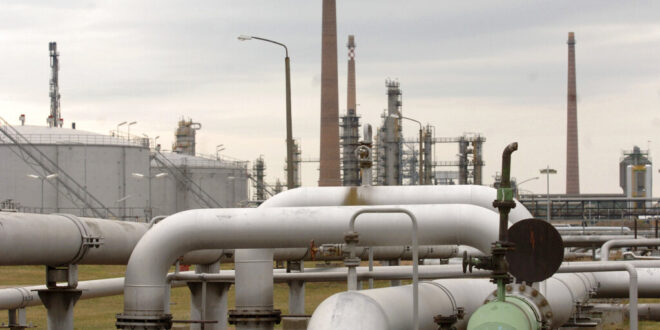The giant offshore Johan Sverdrup oilfield, Western Europe’s biggest producing field, has resumed normal operations at full capacity following a power outage on Monday, a spokesperson for the operator, Equinor, told Reuters on Wednesday.
“The entire production facility at Johan Sverdrup resumed operations yesterday and is now producing steadily at normal levels,” said the spokesperson of the company operating the field.
Johan Sverdrup has the capacity to pump 755,000 barrels of oil per day (bpd), which accounts for around a third of Norway’s oil production.
Production at the huge oilfield in the North Sea was shut down on Monday, following an onshore power outage. Oil prices spiked by $2 a barrel on the news, but later eased and gave up the gains early on Tuesday.
As of Tuesday midday local time, Johan Sverdrup had restored output at two-thirds of its production capacity.
Equinor said the power outage halted electricity supply to the offshore platforms.
Johan Sverdrup began producing in 2019 and its peak output is seen either this year or next. The peak production level is seen at 755,000 barrels daily, which is significantly higher than initial peak output expectations of 660,000 bpd. The peak output was hit for the first time this September when Johan Sverdrup produced 756,000 bpd.
Thanks to high levels of electrification, Johan Sverdrup has some of the lowest CO2 emissions of any oil field in the world, according to Equinor.
One barrel of oil produced at Sverdrup emits 0.67 kg of CO2 per barrel of produced oil, compared to the global average is 15 kg per barrel. This is mainly due to power from shore, the Norwegian firm says.
The return of Johan Sverdrup limited oil price gains on Tuesday.
But prices rose early on Wednesday on the latest escalation between Russia and Ukraine and signs that China’s oil demand was picking up.

FILE - A general view of a pumping station at the end of the Druzhba oil pipeline in the east German refinery PCK in Schwedt, Wednesday, Jan. 10, 2007. A leak was detected in an oil pipeline in Poland which is the main route through which Russian crude oil reaches Germany, the Polish operator said Wednesday, Oct. 12, 2022. The operator, PERN, said it detected a leak in the Druzhba pipeline, which originates in Russia, on Tuesday evening about 70 kilometers (45 miles) form the the central Polish city of Plock. (AP Photo/Sven Kaestner, File)
 Iran Energy News Oil, Gas, Petrochemical and Energy Field Specialized Channel
Iran Energy News Oil, Gas, Petrochemical and Energy Field Specialized Channel



